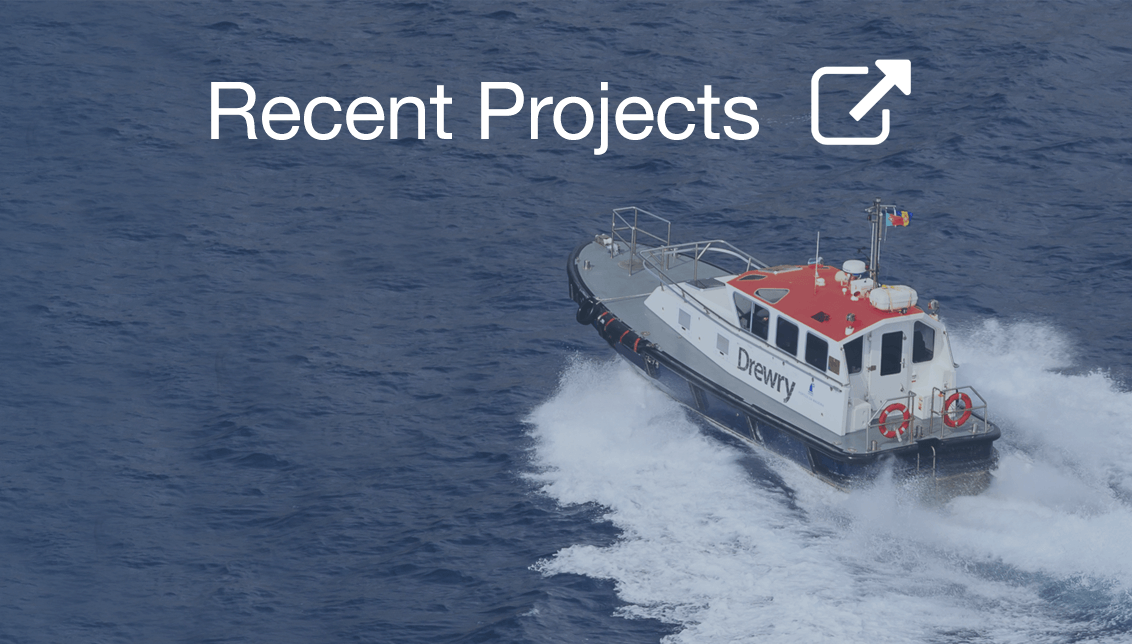Browse Products by Sector
Container ShippingContainer Equipment Assets
Ports and Terminals
Dry Bulk Shipping
Tanker Shipping
Gas Shipping
Specialised Shipping
Multimodal Transport
Logistics Management
Ship Operations and Management
Other popular areas
Browse subscriptions by Sector
Container ShippingPorts and Terminals
Dry Bulk Shipping
LPG Shipping
LNG Shipping
Crude Tanker Shipping
Product Tanker Shipping
Financial Advisory
Valuations
Drewry Financial Research Services Ltd is authorised by the UK Financial Conduct Authority (FCA).
Baltimore bridge collapse sparks frenzy in the dry bulk market
The collapse of the bridge near the Port of Baltimore has hampered shipping demand as it has disrupted the cargo movement to and from the port. It has forced importers of US cargo to scout for other destinations and exporters to wait until the situation normalises. Asia has been the major destination of dry bulk cargoes moving out of this port, and if the current situation prevails for long, buyers will replace the disrupted cargo with spot purchases within Asia. As a result, tonne-mile demand will shrink, impacting freight rates.
The Port of Baltimore, along with Roro and containerised cargo, also handles dry bulk commodities. The main commodities handled at the port are coal, sugar, gypsum and fertilisers. The port enjoys 16% share in the total US dry bulk trade, handling about 27 million tonnes of dry bulk commodities annually.
Moreover, coal exports will have a significant impact as it is the key export commodity, accounting for around 25 million tonnes annually. Imports handled at the Baltimore port include sugar, gypsum and fertilisers, with a combined volume of almost two million tonnes annually.
Figure 2: Dry cargo throughput at the Port of Baltimore

* Imports include sugar, gypsum and fertilisers.
Source: Drewry Maritime Research
These figures indicate that about two million tonnes of dry bulk cargo (mostly coal), approximately 150 vessels, will be affected each month if the current situation does not improve. Almost three quarters of the port’s coal cargo is shipped to Asian countries such as India, China and Japan. Moreover, the port’s coal exports to Asia (1.5 million tonnes) every month contribute more than 1% to the entire dry bulk monthly shipping demand.
In the aftermath of the bridge collapse and subsequent closure of access to the Baltimore port, Asian countries will source coal from the spot market (thermal coal from Indonesia, Australia and South Africa while coking coal from Australia) to meet their buoyant coal demand, considering many Asian countries do not maintain a large inventory. We do not expect this change of trade pattern to be irreversible. As soon as the shipping route is cleared, the US- Asia coal trade will be restored.
Most vessels heading out of the US for Asia have been transiting through the Cape of Good Hope instead of the Suez Canal after the Houthi attacks in the Red Sea, increasing the distance from less than 8,500 nautical miles to more than 11,500 nautical miles.
With Asian countries securing cargoes within the Asia Pacific through spot market, thereby shortening sea distances to 3,000 to 6,000 nautical miles, there is a likelihood of a dent the global shipping demand. This will reduce the monthly dry bulk shipping demand by more than 0.5 percentage points, further dampening freight rates. However, we do not anticipate the problem with the movement of vessels to continue for long as this is a critical sea route, and the US government will make all efforts to promptly clear it and minimise the economic impact.
For more industry insights, subscribe to our Dry Bulk Forecaster.
Return to...
Related Content
Key Contacts
© Copyright 2024 | Drewry Shipping Consultants Limited. All Rights Reserved. Website Terms of Use | Privacy Policy





